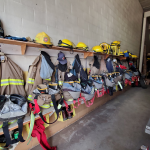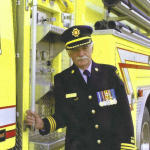We recently responded to a request for information about the frequency of fire safety inspections required in BC by the Fire Services Act. Our client mentioned that the Fire Commissioners Office said it was up to the local jurisdiction to determine what the frequency of inspections should be and that did not necessarily mean annually.
That interpretation is correct but perhaps the explanation did not go far enough. Historically the Fire Services Act dictated the frequency of inspection and provided for intervals as frequently as quarterly and extending to annually depending on the occupancy classification of the building. At the request of the Fire Chiefs Association of BC the Act was changed a number of years ago to remove the mandated frequency of inspections allowing this to be determined at the local level.
When legal action is brought against a municipality pertaining to fire safety inspections one of the key factors often considered is the standard of care or industry best practice. Experience has shown that the standard of care is determined by comparing similar communities to the one in question. In other words, what is the standard provided by similar sized communities with similar resources? In most cases this will reflect that annual inspections are the norm.
There are many innovative ways to reduce the need for inspections of all properties and/or to offset the cost of the inspection program. One way is to use historical data. If, for example, a public building establishes a history of satisfactory compliance over a number of consecutive inspections then the frequency could be reduced.
As far as reducing or offsetting the cost of inspections some local governments charge for the service through bylaw. In other cases the first inspection is free but if return visits are required, charges apply. In cases where more than one re-inspection is needed an escalating fee schedule could be applied.
In any case, the frequency of inspection should be determined through a policy of Council and be comparable to communities with similar populations and resources.
Please contact us if you have any questions or would like to discuss this further.











